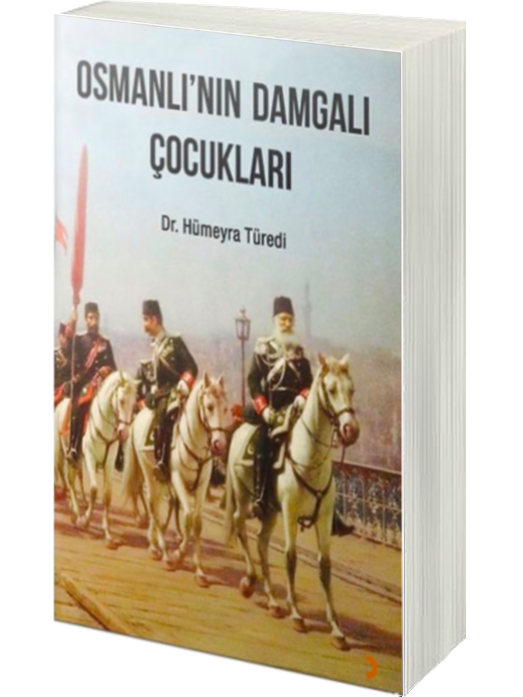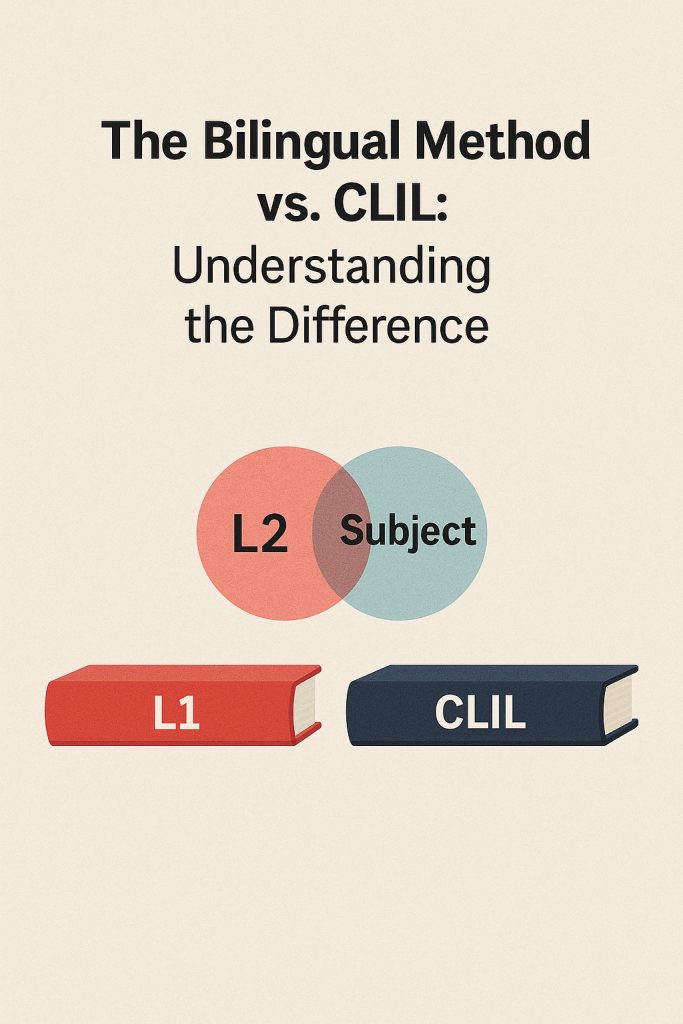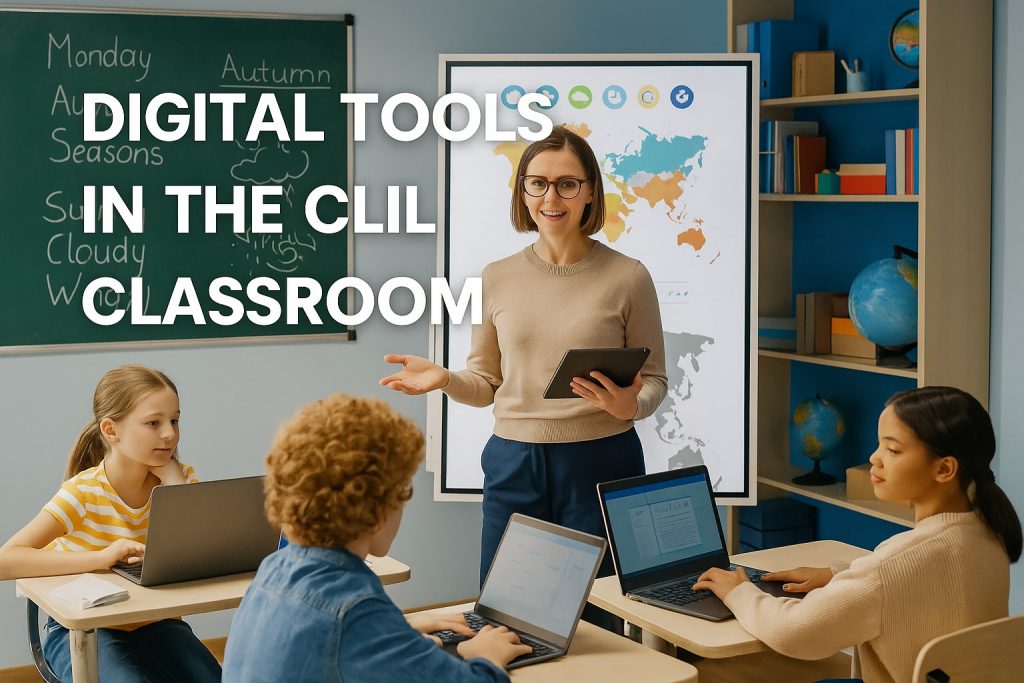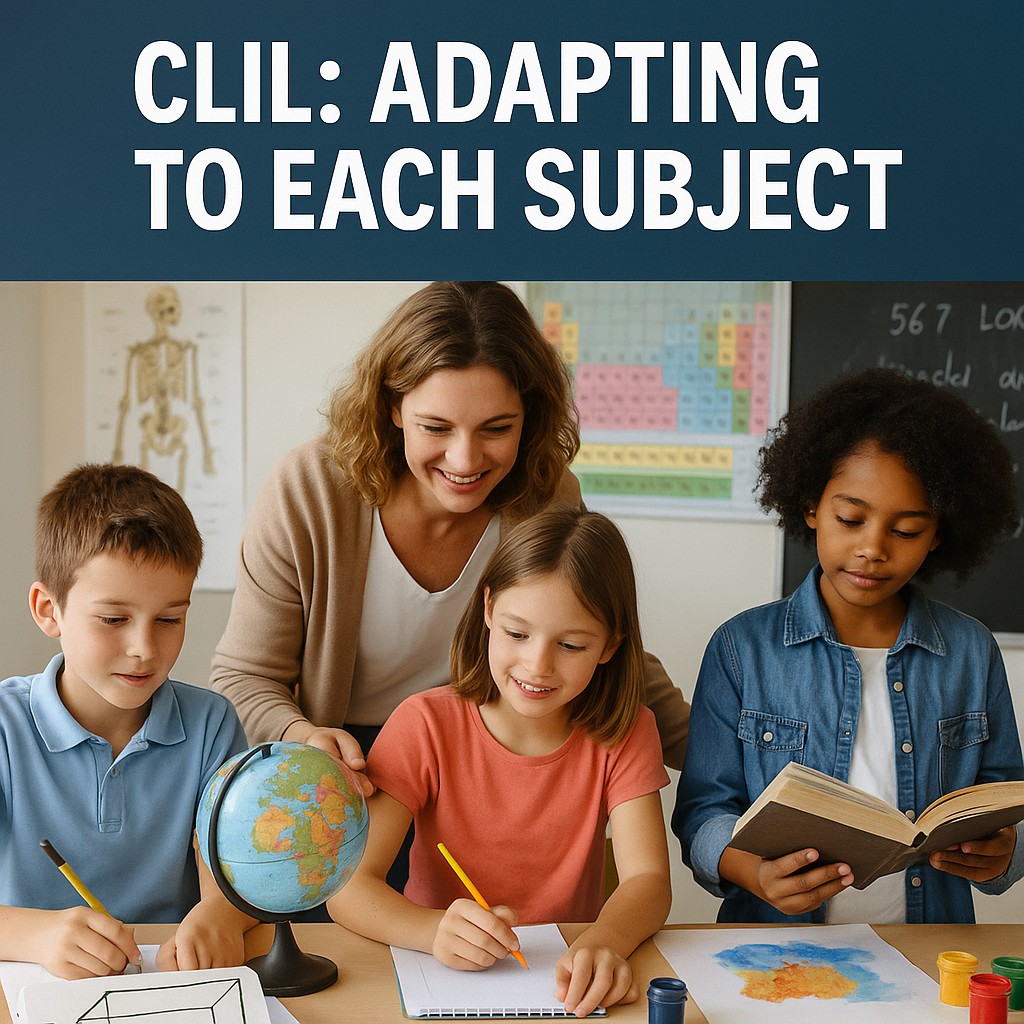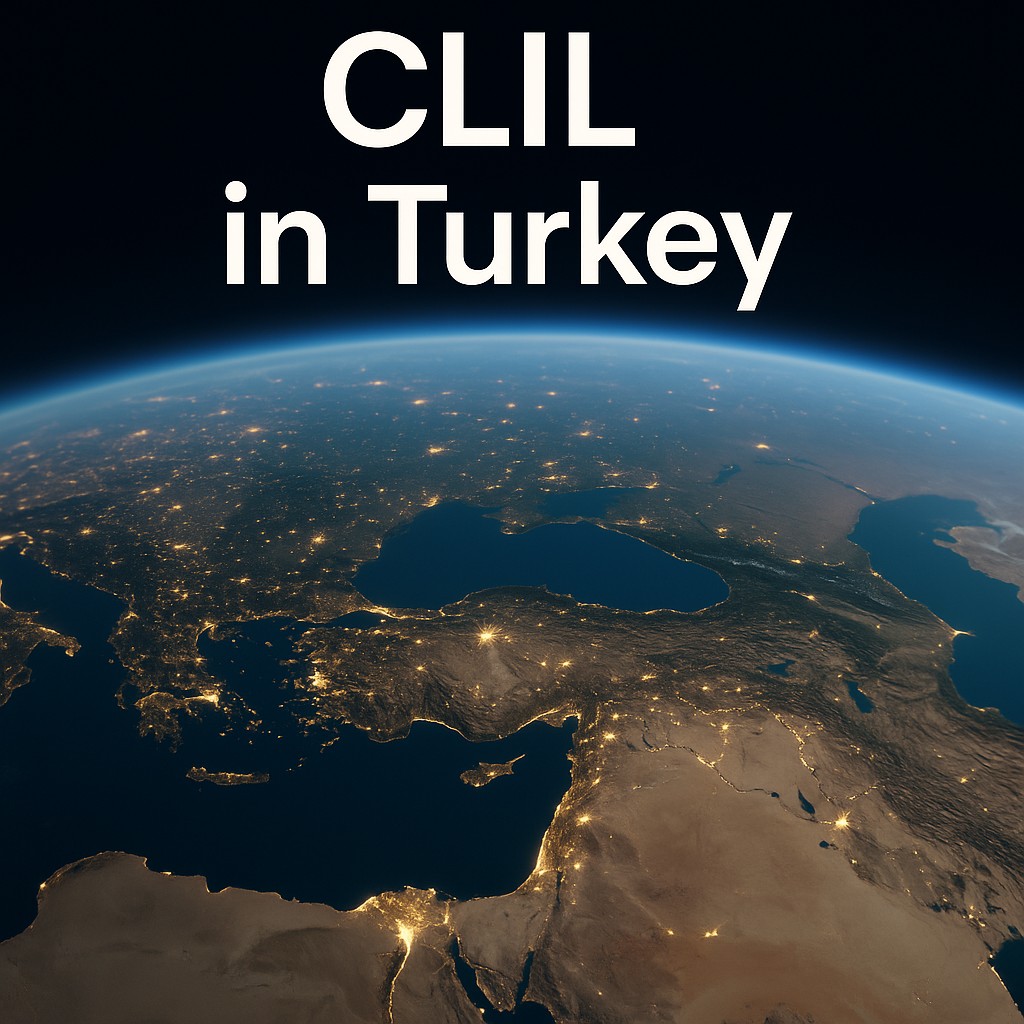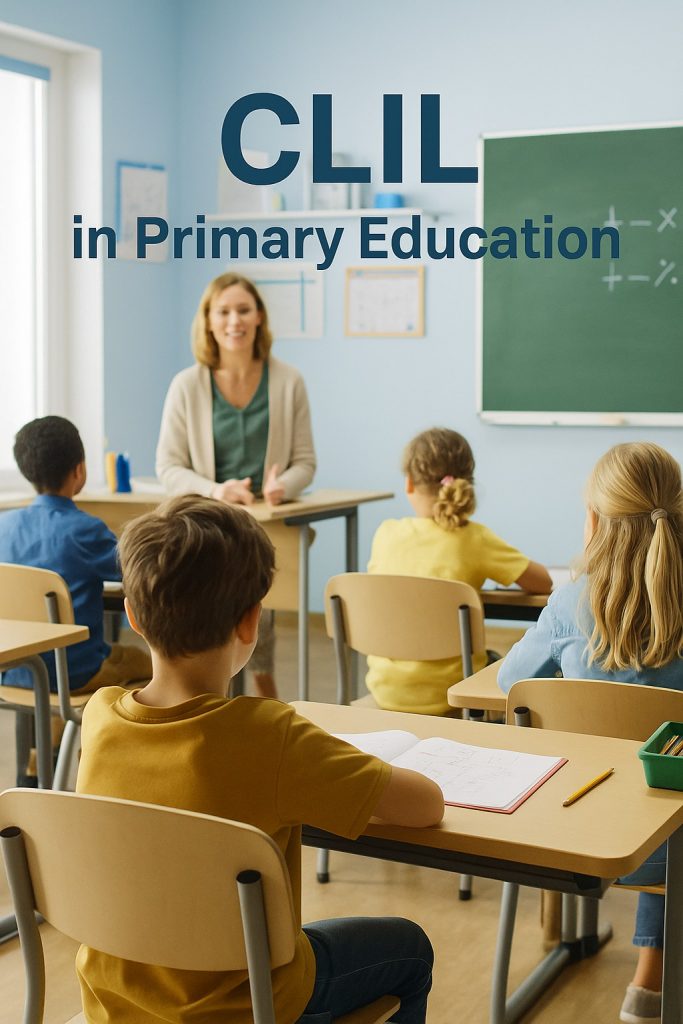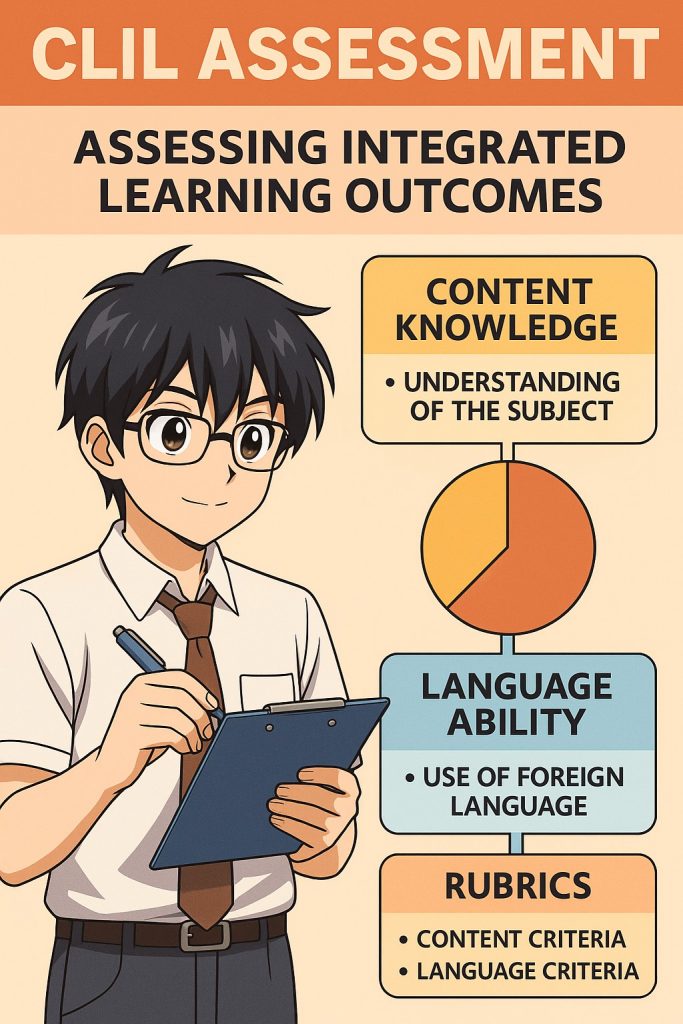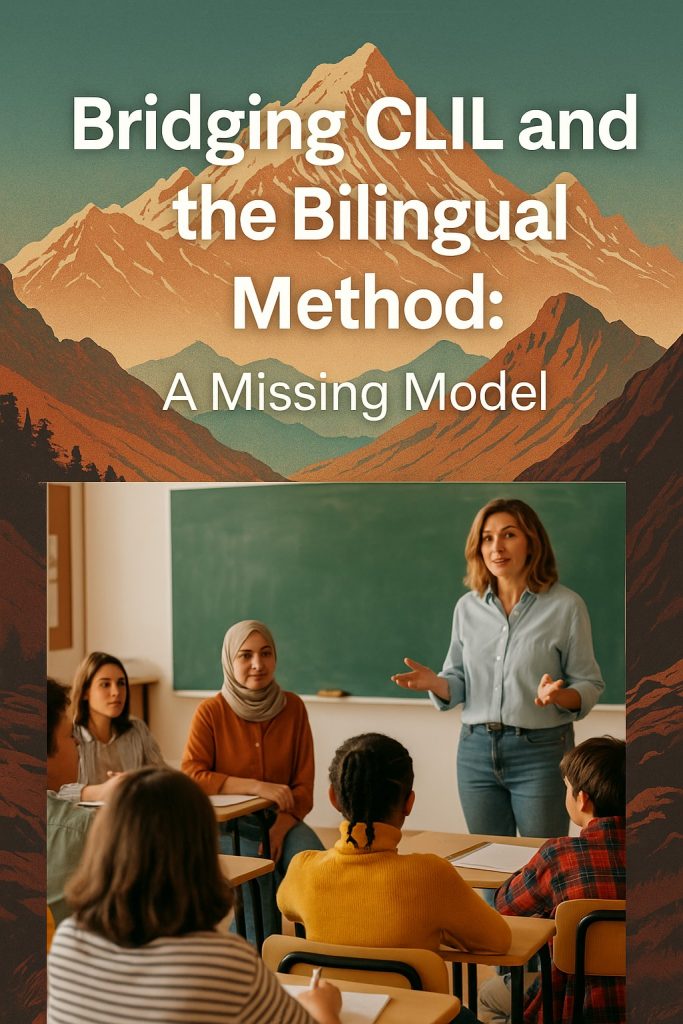
Despite the clear benefits of both CLIL (Content and Language Integrated Learning) and the Bilingual Method, there is surprisingly little evidence of any systematic model that formally combines the two. Around the world, teachers already blend elements of both in practice, but you rarely see this hybrid described as an intentional, research-based framework. This gap is more than just an oversight — it’s a real opportunity for innovation in bilingual education.


